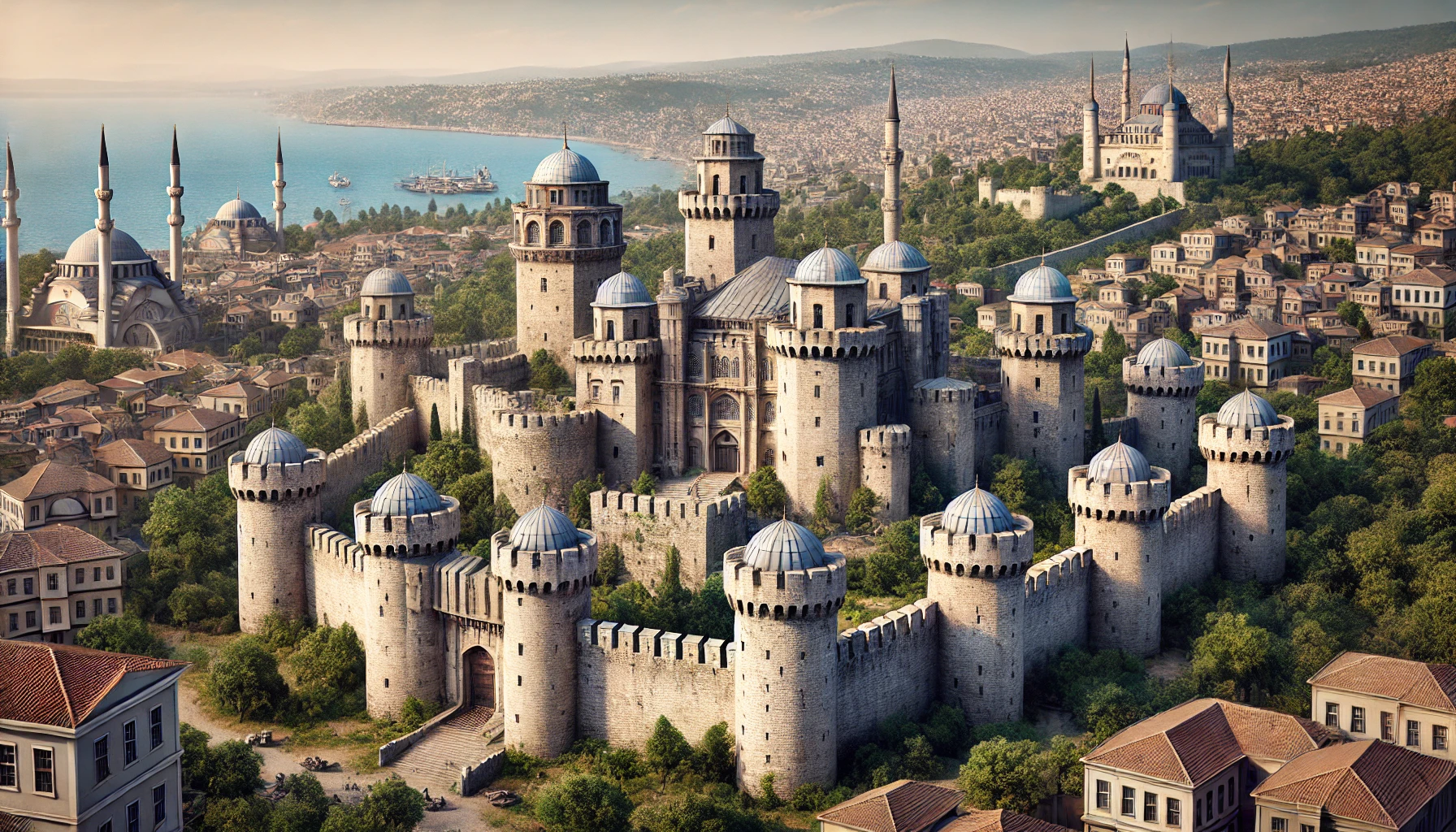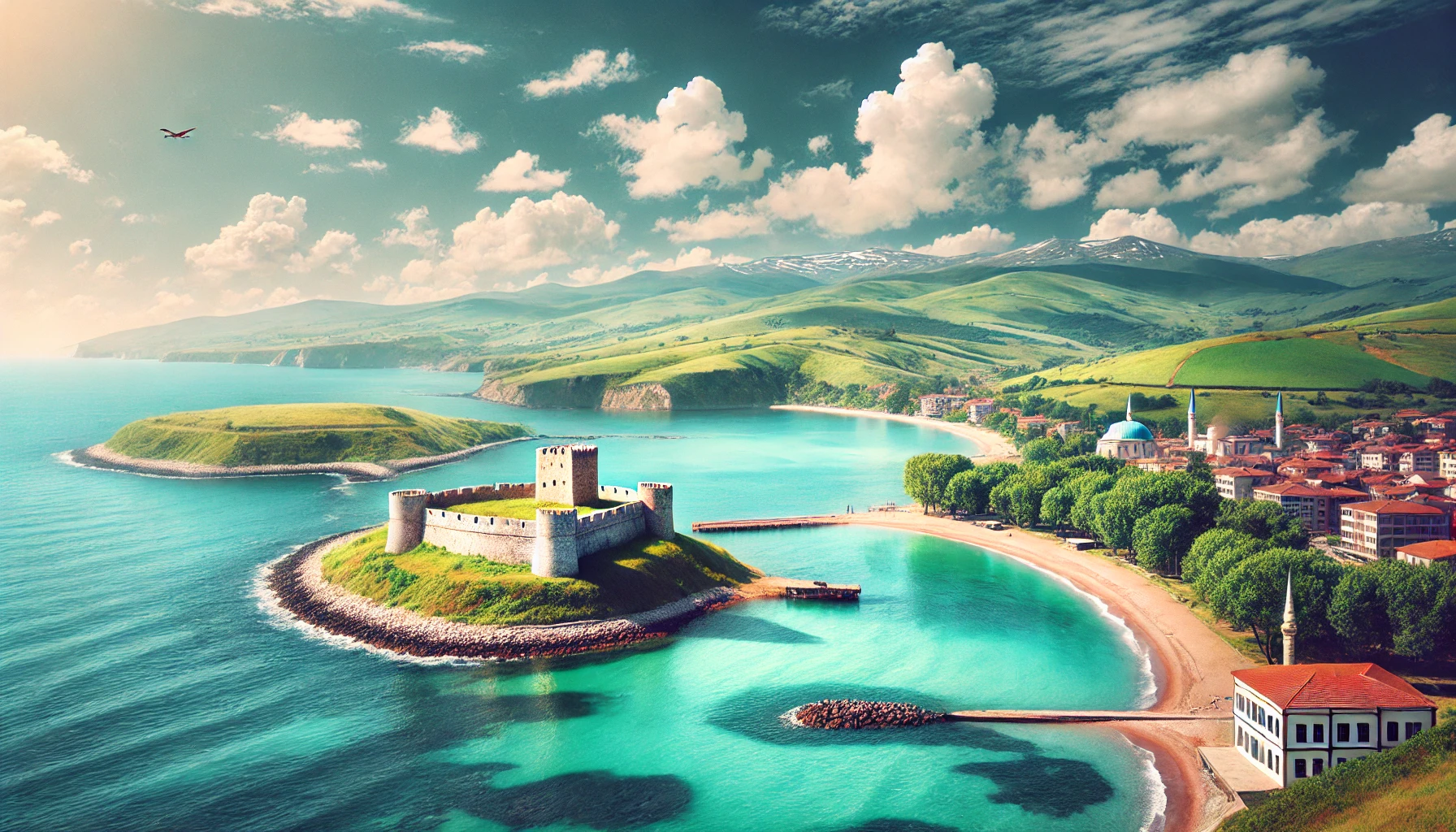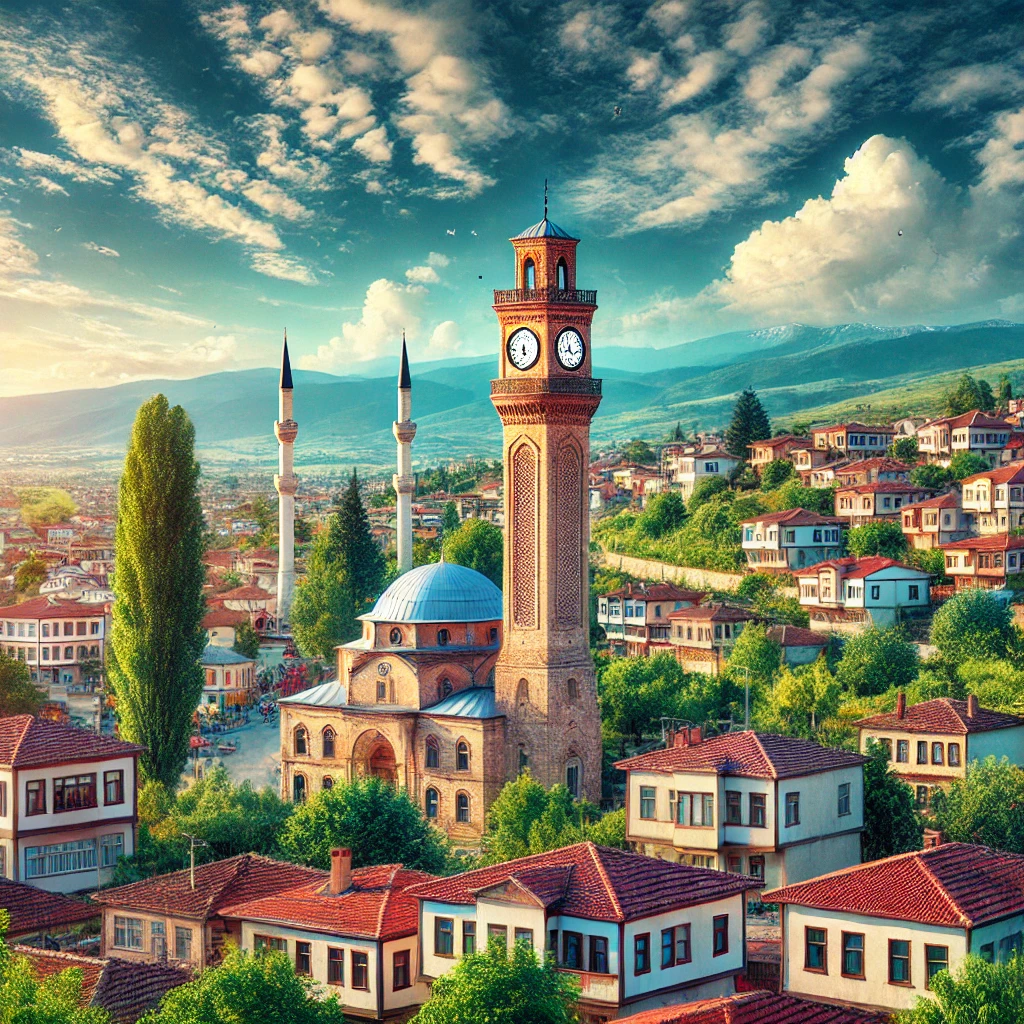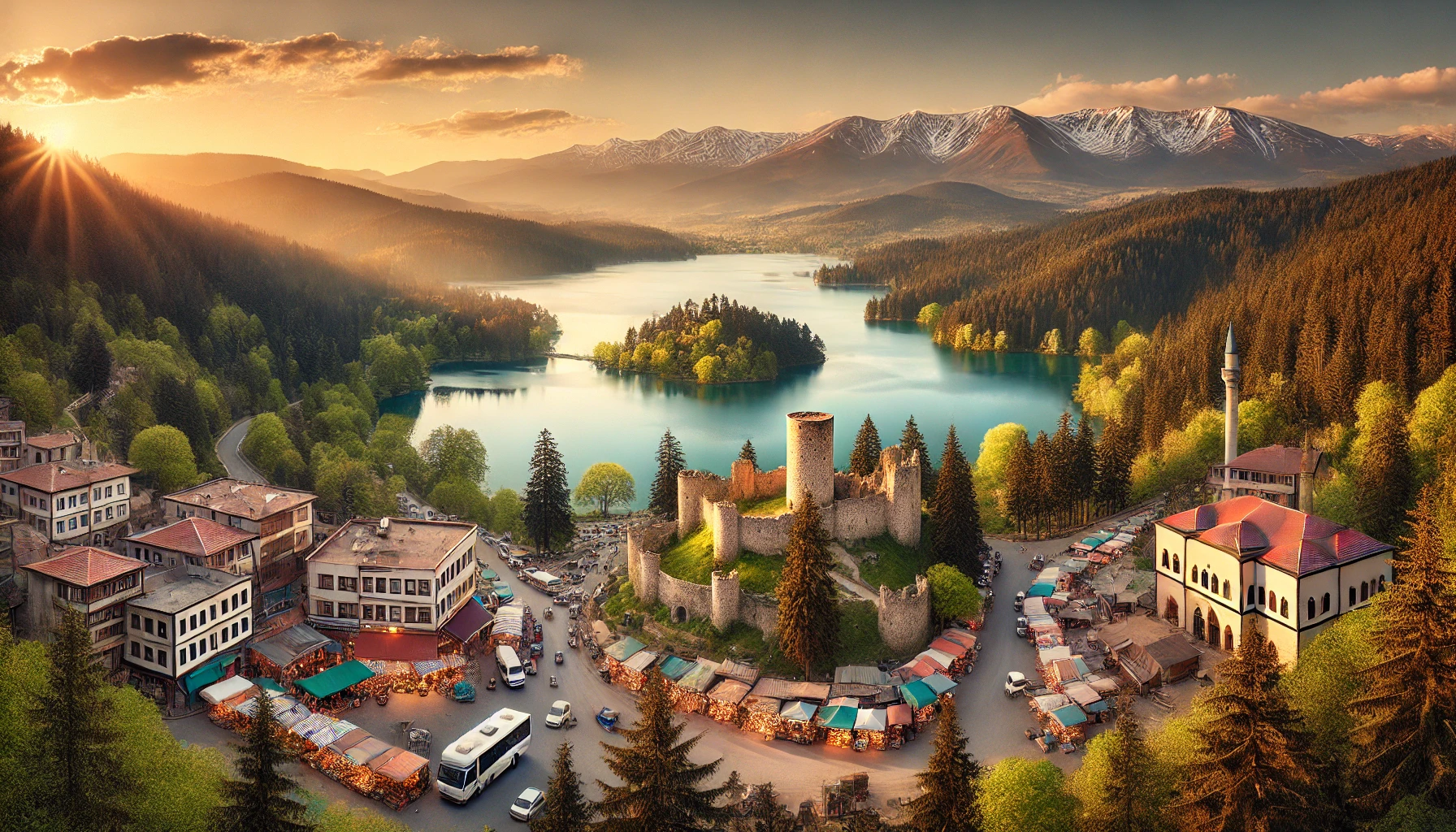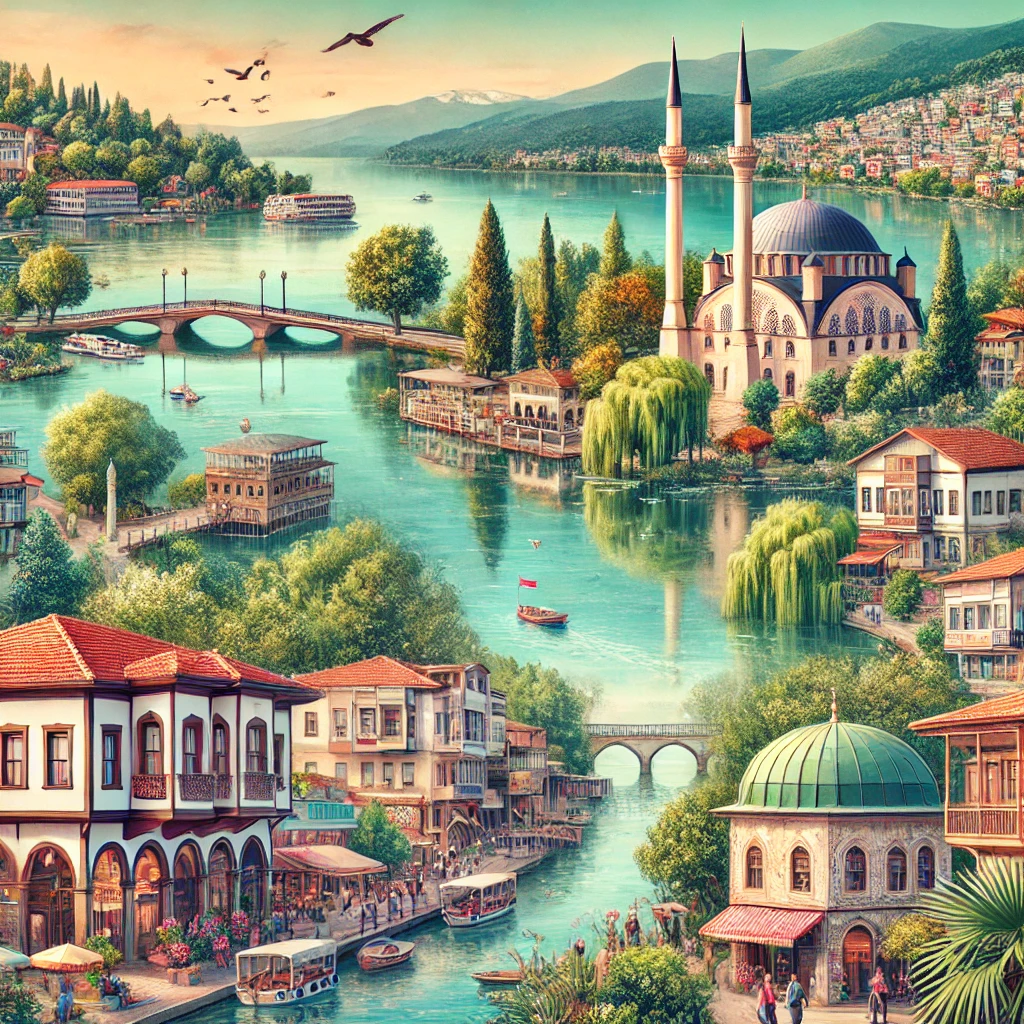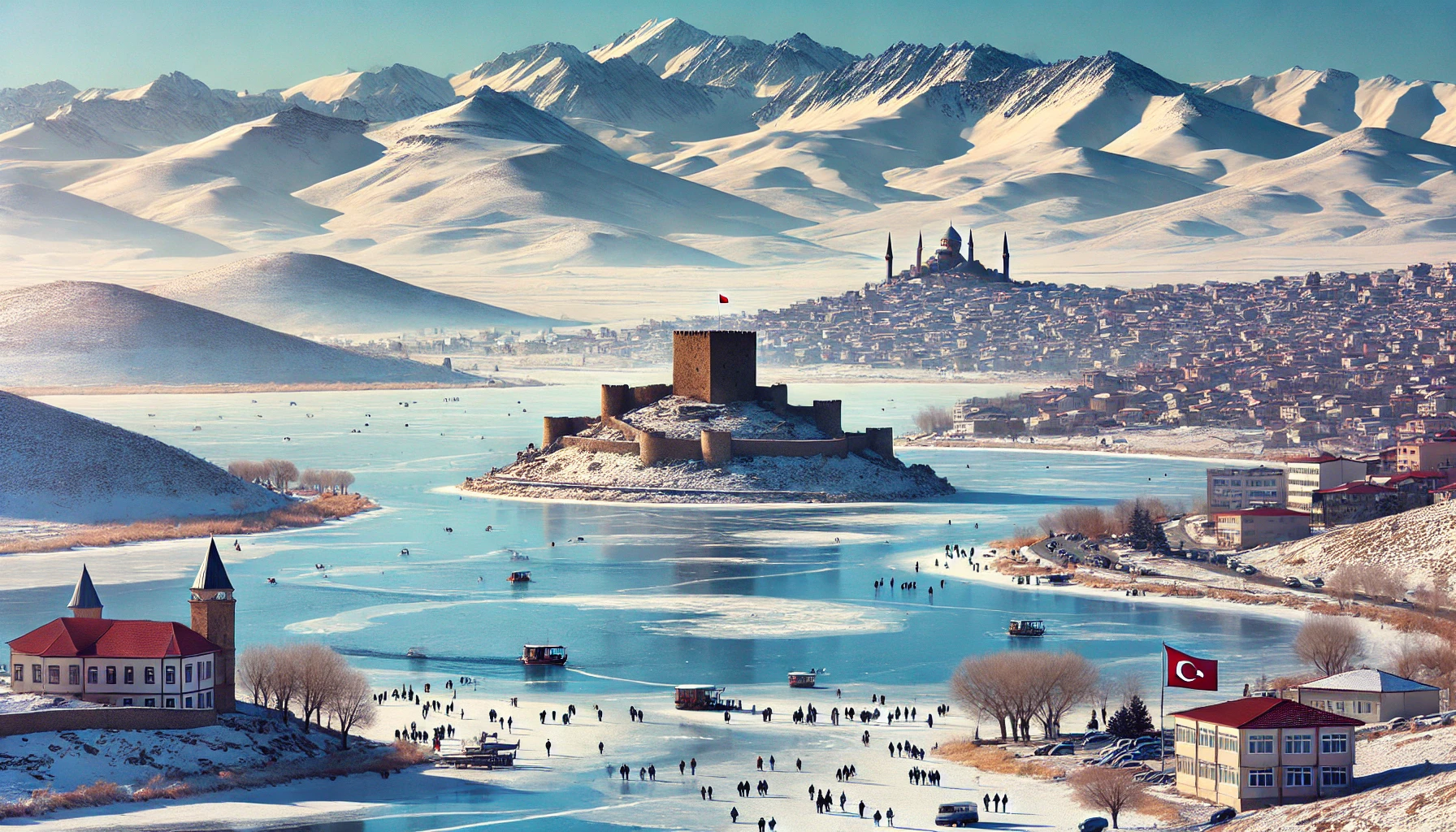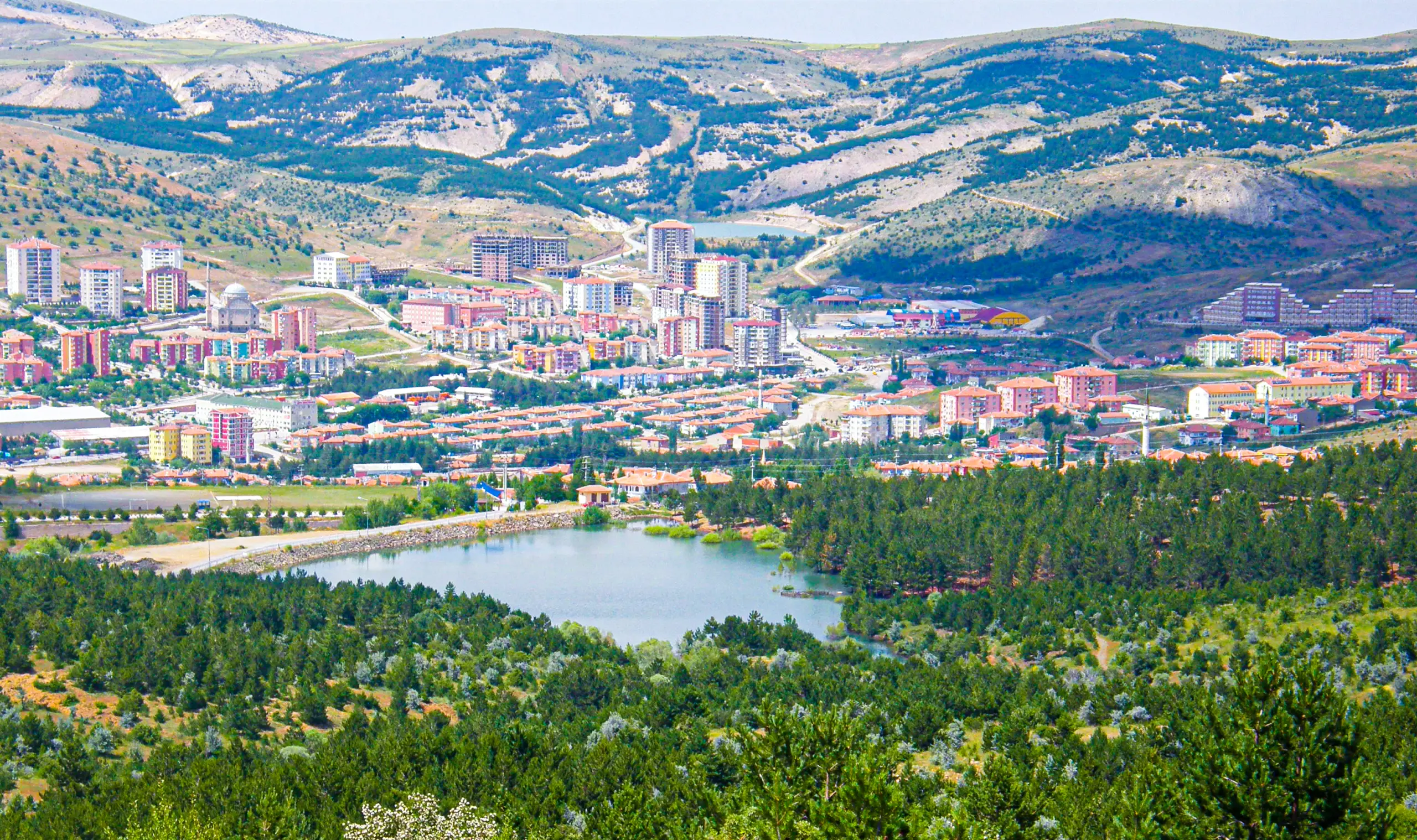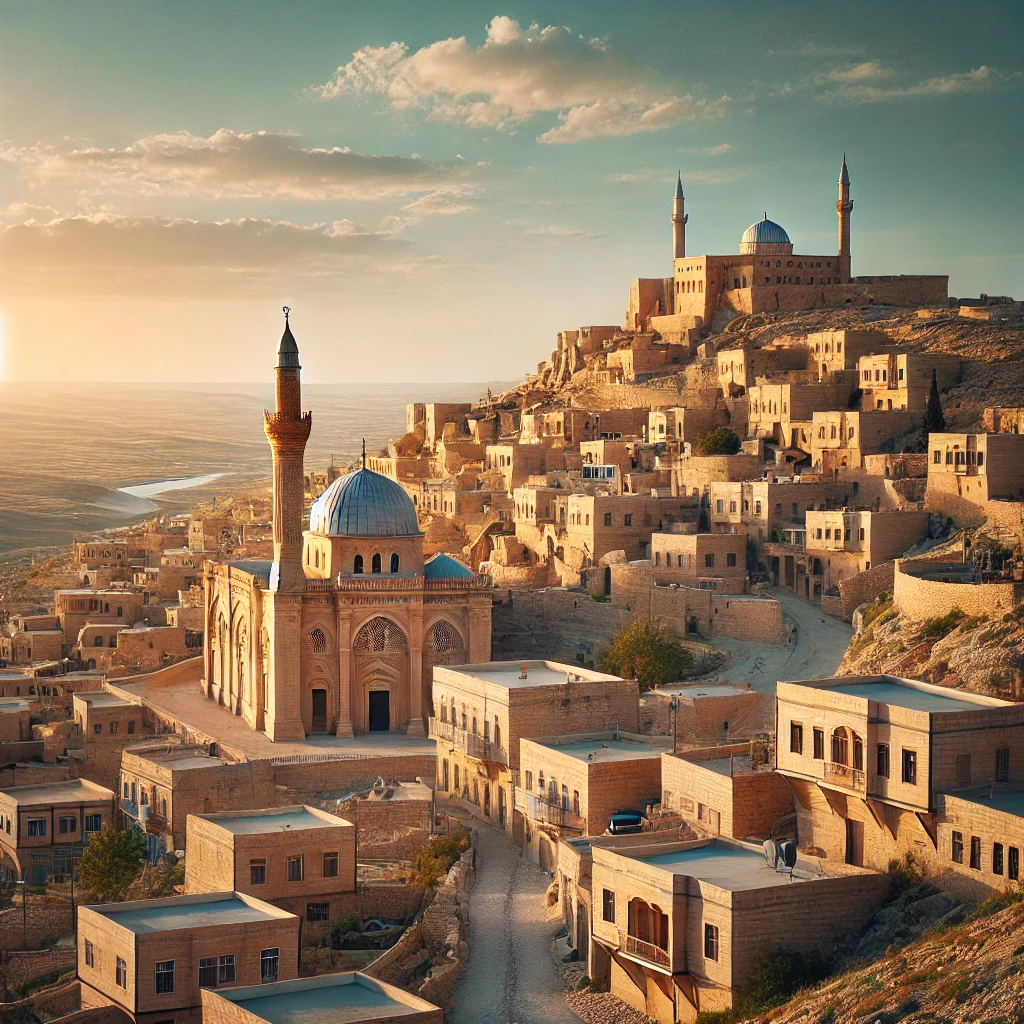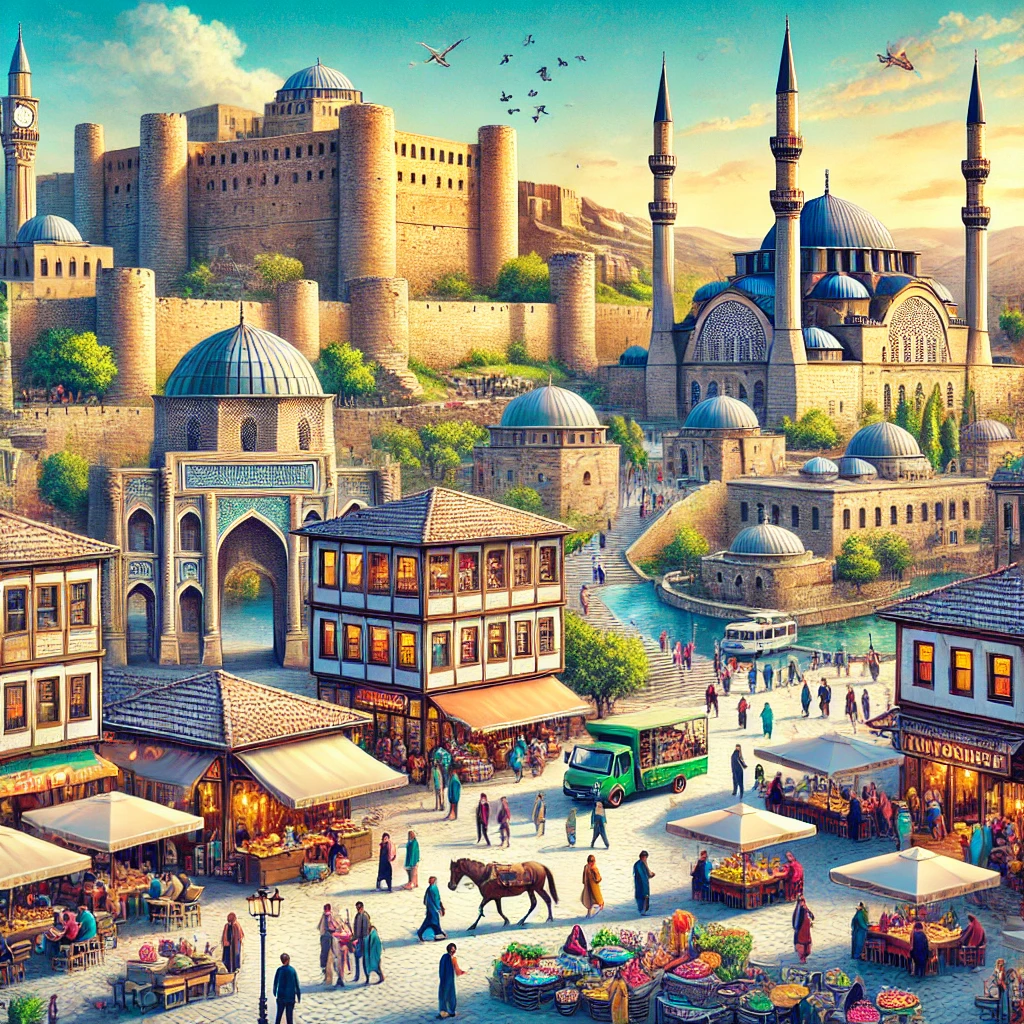Discovering Yedikule Fortress: The Legacy of the Seven Towers
The Yedikule Fortress (Turkish: Yedikule Hisarı or Yedikule Zindanları), also known as the “Fortress of the Seven Towers,” stands as a formidable historical structure in the Yedikule neighborhood of Fatih, Istanbul. Built in 1458 by Ottoman Sultan Mehmed II, the fortress is an architectural marvel that has witnessed centuries of history, serving various roles from royal treasury to state prison. This article explores the rich history, architectural features, and cultural significance of Yedikule Fortress, making it an engaging read for travel enthusiasts and history buffs alike.
The Historical Significance of Yedikule Fortress
Construction and Strategic Importance
The Yedikule Fortress was commissioned by Sultan Mehmed II shortly after the conquest of Constantinople. The complex was created by incorporating three new towers into the ancient Walls of Constantinople, specifically around the triumphal Golden Gate (Turkish: Altınkapı) built by Roman Emperors Theodosius I and II. This strategic location at the principal entrance to the city allowed the fortress to control access and protect the newly conquered capital.
The Fortress as a Treasury
Initially, Yedikule served as the official treasury fort of the Ottoman Empire. Each of its seven towers housed precious goods, documents, armory, coins, and gold and silver ingots. The fortress was heavily guarded to protect these valuable assets, reflecting its critical role in the empire’s financial and military strategy.
Architectural Marvels of Yedikule Fortress
Design and Structure
The Yedikule Fortress features a unique architectural design, combining elements of Byzantine and Ottoman construction. The fortress is nearly pentagonal, with the two twin towers of the Golden Gate forming part of its structure. Three additional round towers were added by the Ottomans, creating an imposing fortification. The fortress courtyard contains a small domed mosque, known as the Conqueror’s Mosque, marking the center of this symmetrical layout.
Towers and Walls
The fortress’s seven towers are each named and served various functions throughout history. The walls connecting these towers are thick and robust, designed to withstand attacks and protect the treasures within. This formidable design made Yedikule a symbol of strength and resilience in the Ottoman Empire.
The Role of Yedikule Fortress in Ottoman History
A Notorious State Prison
Over the centuries, Yedikule Fortress gained notoriety as a state prison. It housed many notable prisoners, including ambassadors from enemy states, political rivals, and victims of palace intrigue. Among its most famous prisoners were Sultan Osman II, who was imprisoned and executed by the Janissaries in 1622, and David Megas Komnenos, the last Emperor of Trebizond.
Cultural and Political Significance
The fortress also held other significant figures such as Simon I of Kartli, various Ottoman pashas, and even foreign diplomats like the Russian ambassador Aleksei Mikhailovich Obreskov during the Russo-Turkish War. The stories of these prisoners have contributed to the fortress’s legendary status, inspiring countless tales and works of art.
Yedikule Fortress in Modern Times
Restoration and Museum
After the decline of the Ottoman Empire, Yedikule fell into disrepair but was later restored by the Turkish Ministry of Culture. In 1895, the fortress was converted into a museum, preserving its historical significance for future generations. Recent restorations have further enhanced its appearance, making it a picturesque historical site in Istanbul.
Cultural Events and Attractions
Today, Yedikule Fortress is not only a museum but also a venue for cultural events. An open-air theater within the fortress hosts various festivals and performances, bringing new life to this ancient structure. Visitors can explore the towers, walls, and the courtyard, gaining insight into its storied past.
Exploring Yedikule Fortress Today
Visiting the Fortress
Yedikule Fortress is accessible to the public, offering a unique glimpse into Istanbul’s rich history. Visitors can walk through the fortress grounds, explore its towers, and enjoy panoramic views of the Marmara Sea. The site’s historical ambiance and architectural beauty make it a must-visit destination for history enthusiasts and tourists alike.
Nearby Attractions
The fortress is located in the vibrant Fatih district, which offers numerous other attractions. Visitors can explore the nearby Walls of Constantinople, the historic Golden Gate, and various other landmarks that tell the story of Istanbul’s Byzantine and Ottoman past.
Conclusion: Embrace the Legacy of Yedikule Fortress
The Yedikule Fortress is a testament to the rich and diverse history of Istanbul. From its construction by Sultan Mehmed II to its role as a state prison and its modern-day function as a museum and cultural venue, Yedikule has played a significant role in the city’s history. Its architectural marvels, historical significance, and cultural attractions make it a fascinating destination for travelers.
For more information on planning your visit to this historic landmark and exploring other fascinating destinations in Turkey, check out Travel Turkey. Embrace the legacy of Yedikule Fortress and discover the wonders of Istanbul’s past and present.
Latest Update: Aug 5, 2024
Your Content Goes Here
TAGS: Byzantine walls, Fatih district, Golden Gate, historical landmarks, Istanbul, medieval fortresses, Ottoman architecture, state prison, Sultan Mehmed II, travel Istanbul, Turkish history, Yedikule Fortress, Yedikule Hisarı, Yedikule Zindanları
A brief summary of the key points in this article.
Latest Travel Guides
Weather Today in Yedikule Fortress, Istanbul, Turkey
Location: Istanbul
Temperature: 13.42°C
Condition: Broken clouds

